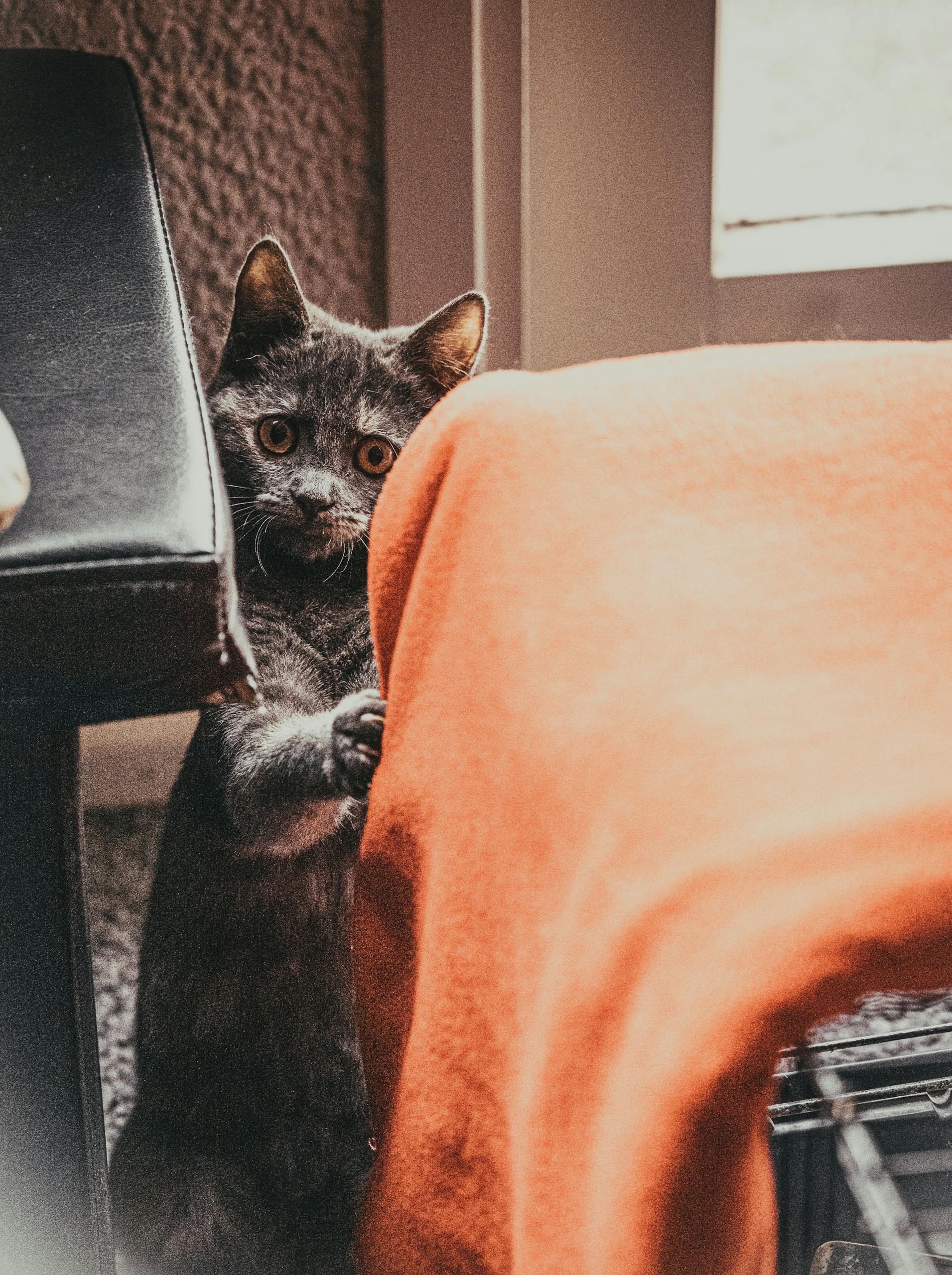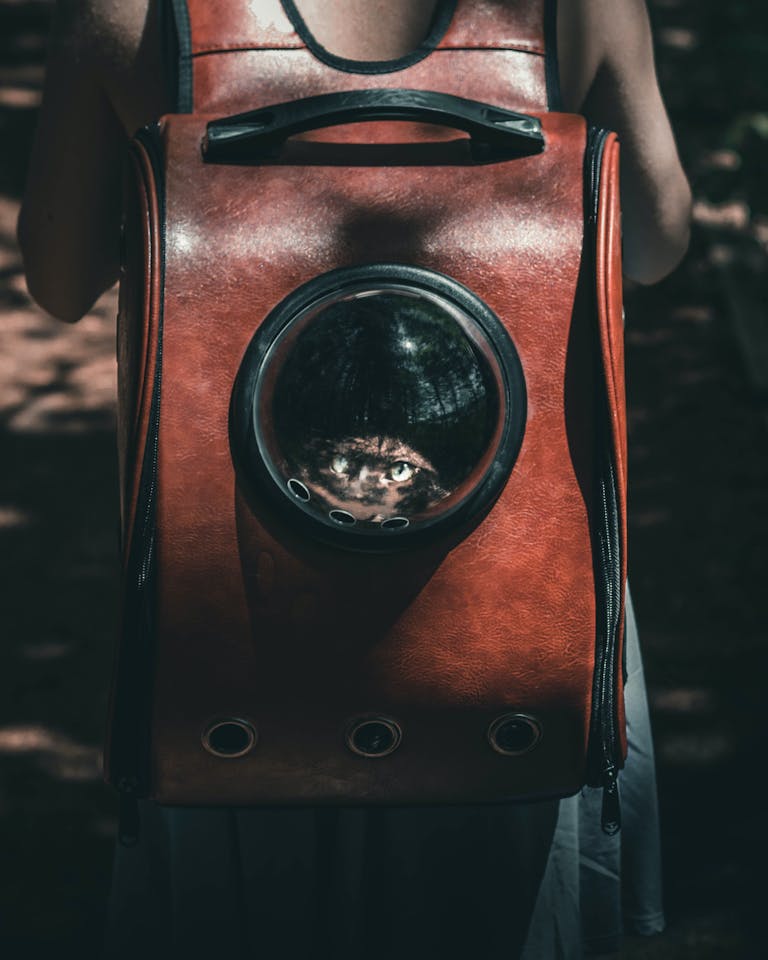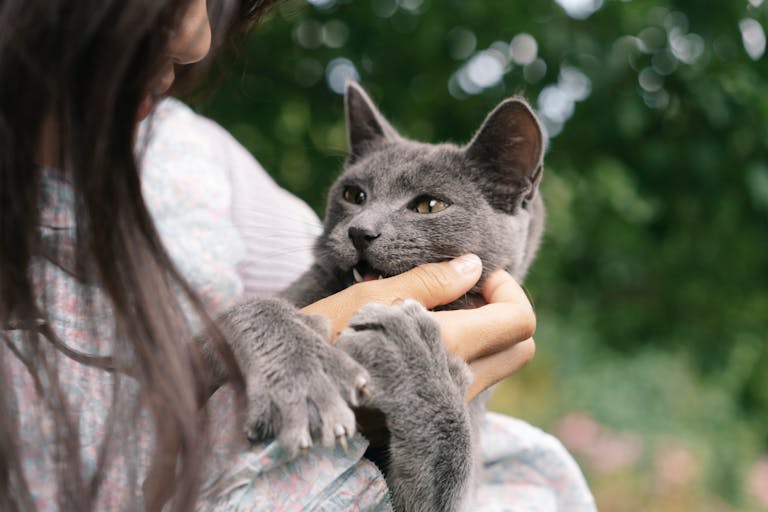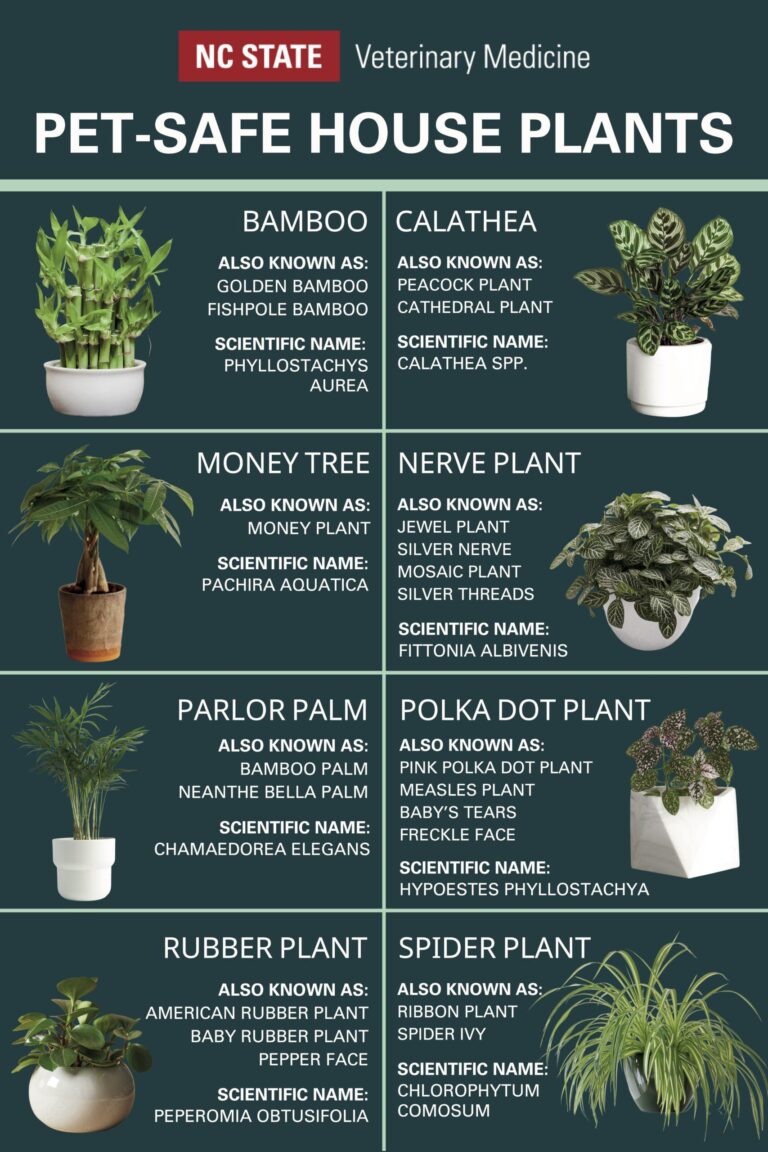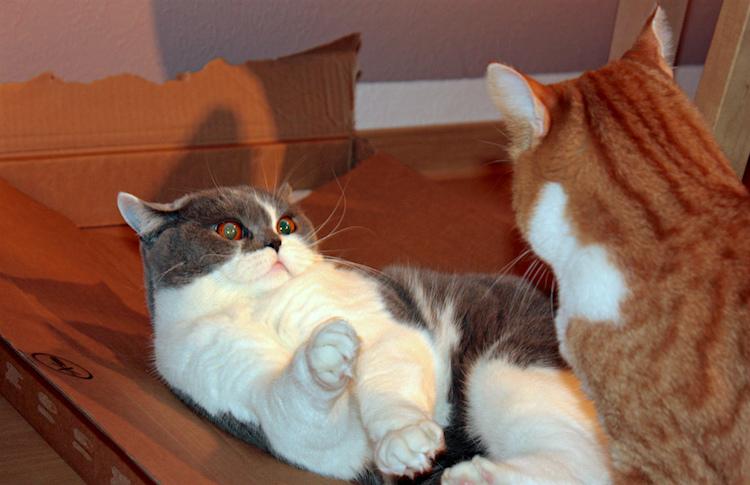How to Recognize Separation Anxiety in Cats
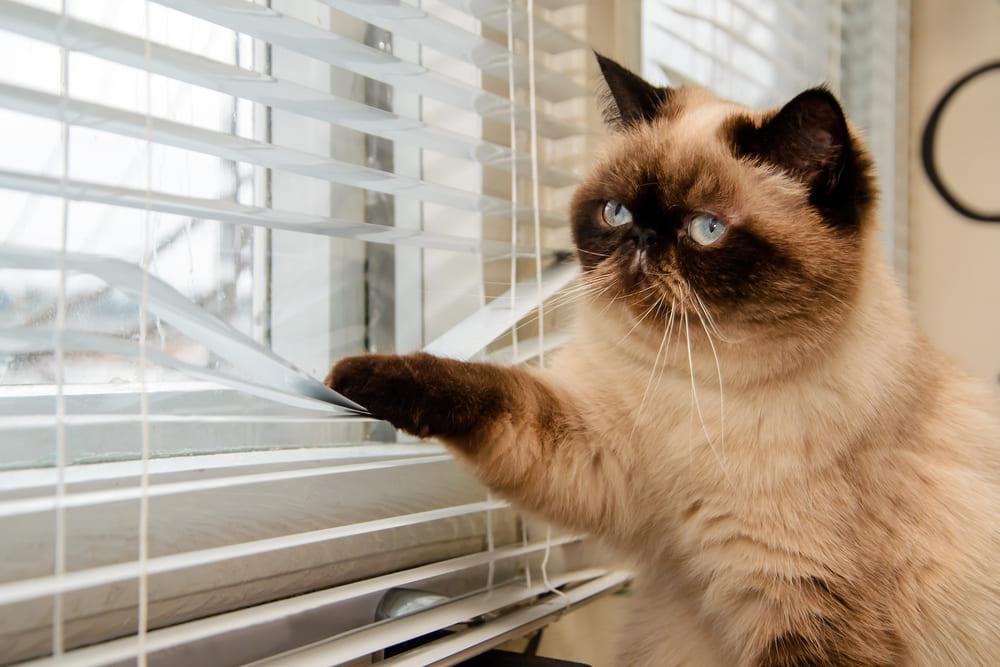
How to Recognize Separation Anxiety in Cats
Hey fellow cat lovers! If you’ve ever had to leave your furry friend at home for a few hours—or even longer—you might’ve noticed some odd behavior when you return. Maybe your usually calm kitty is suddenly acting out, or your furniture looks a little worse for wear. These could be signs of separation anxiety, a condition we often associate with dogs but that cats can experience too. Understanding how to recognize separation anxiety in cats not only helps us keep our feline pals happy but also strengthens that incredible bond we share.
When Your Cat’s Not Just Being “Dramatic”: What’s Going On?
Cats are independent creatures, right? They sleep all day, come when they want, and mostly seem fine being alone. But underneath that aloof exterior, many are sensitive souls who form strong attachments to us. Separation anxiety happens when your kitty gets stressed or frightened by your absence. This isn’t just missing you—it can seriously affect their wellbeing.
Recognizing this is important because untreated anxiety can lead to health problems, destructive behavior, and even emotional distress for your cat. Plus, having a stressed-out pet can be stressful for you too! So, spotting separation anxiety early can make a big difference in your cat’s quality of life.
Signs Your Cat Might Be Suffering From Separation Anxiety
The Classic Clues: From Vocal Meltdowns to Messy Mishaps
Here are some behaviors that might indicate your cat is feeling anxious when you’re away:
-
- Excessive meowing or crying: If your usually quiet cat suddenly turns into a vocal machine while you’re gone, this can be a red flag.
-
- Destructive behavior: Scratched-up furniture, knocked-over plants, or chewed cords may be cries for help rather than just “bad kitty” antics.
-
- Peeing or pooping outside the litter box: Anxiety can cause cats to lose control or avoid their usual spots.
-
- Overgrooming or bald patches: Sometimes your stressed cat may lick too much, causing hair loss or irritated skin.
-
- Restlessness or pacing: If you’re home and your cat seems agitated or unable to settle down, it may mean they’re already anticipating your departure.
-
- Clingy behavior: Following you everywhere or getting overly attached right before you leave can also hint at separation worries.
Timing Is Everything
Notice how these behaviors often happen right before you leave or shortly after. That timing is a key clue that what your cat is feeling isn’t just boredom but actual anxiety linked to your absence. If your cat’s anxiety seems tied to boredom, these easy activity ideas for indoor cats can help reduce stress and promote confidence.
Practical Ways to Help Your Anxious Cat Feel Secure
1. Create a Cozy Safe Space
Make a dedicated area with their favorite bed, blankets, or a hiding spot where they can retreat to and feel safe. Familiar smells like your worn t-shirt can comfort them while you’re out.
2. Establish a Routine
Cats thrive on predictability. Try to leave and return at roughly the same times and keep your pre-exit and arrival routines calm and consistent.
3. Engage Their Mind and Body
Before heading out, play interactive games or use puzzle feeders to tire them out mentally and physically. A fatigued cat is more likely to relax during your absence.
4. Use Calming Aids
Products like pheromone diffusers (Feliway Classic Diffuser) mimic natural cat calming scents and can help reduce anxiety. Some cats also respond well to calming collars or supplements, but chat with your vet first.
5. Gradual Desensitization
Practice short absences and slowly increase your time away so your cat gets used to being alone without stress building up.
Mistakes to Dodge When Dealing With Separation Anxiety
-
- Don’t punish anxious behavior. It’s important to respond with patience. Punishment can increase fear and make anxiety worse.
-
- Avoid loud, dramatic goodbyes. Long, emotional farewells can reinforce your cat’s nervous feelings.
-
- Don’t suddenly change their environment. Major changes without transition, like moving furniture or another pet entering the home, can raise stress.
-
- Don’t ignore symptoms thinking it’s “just boredom.” What feels minor to us may be deeply upsetting to our cats.
Extra Help: Tools and Products That Can Make a Difference
While nothing replaces your love and attention, some products can really help ease anxiety in your cat:
-
- Pheromone Diffusers: These plug into the wall and release calming scents, reducing stress signals your cat might feel.
-
- Interactive Feeders and Toys: Products like treat-dispensing toys keep your cat engaged and distract from loneliness.
-
- Comfort Blankets or Apparel: Some cats find weighted blankets or calming garments soothing, especially those designed specifically for pets.
For example, Feliway Classic Diffuser is a popular option many cat parents swear by.
FAQs About Separation Anxiety in Cats
Can separation anxiety develop at any age?
Yes! While it’s more common in kittens adopted late or cats that have experienced trauma or changes, cats of any age can develop separation anxiety.
How long should I leave my cat alone?
Most cats tolerate being alone for short periods (up to 8-10 hours), but long or unpredictable absences can increase anxiety. If you’re gone longer, consider a pet sitter or companion animal.
When should I see a vet or behaviorist?
If your cat’s anxiety leads to harming themselves, ongoing litter box problems, or you’re struggling to manage behaviors, professional guidance can make a huge difference.
Some cats with separation anxiety may try to dash outside. Make sure you’re prepared with our guide on what to do if your cat goes missing.
Wrapping It Up: Giving Your Cat Peace of Mind
Recognizing separation anxiety in cats isn’t always easy, especially since their signals can be subtle or mistaken for “just being a cat.” But tuning in to those changes and responding with love and patience can transform your kitty’s experience—and yours! Cats might not always tell us what’s wrong with words, but their behavior speaks volumes. By making a few adjustments, you’ll help your feline friend feel safe, loved, and less alone when you have to step out. Remember, a calm kitty is a happy kitty, and that’s a win for everyone.
So next time you head out the door and spot a little anxiety in your kitty, you’ll be ready with the right tools and heart to help. Because at the end of the day, they’re family—and they deserve nothing less than our best.

